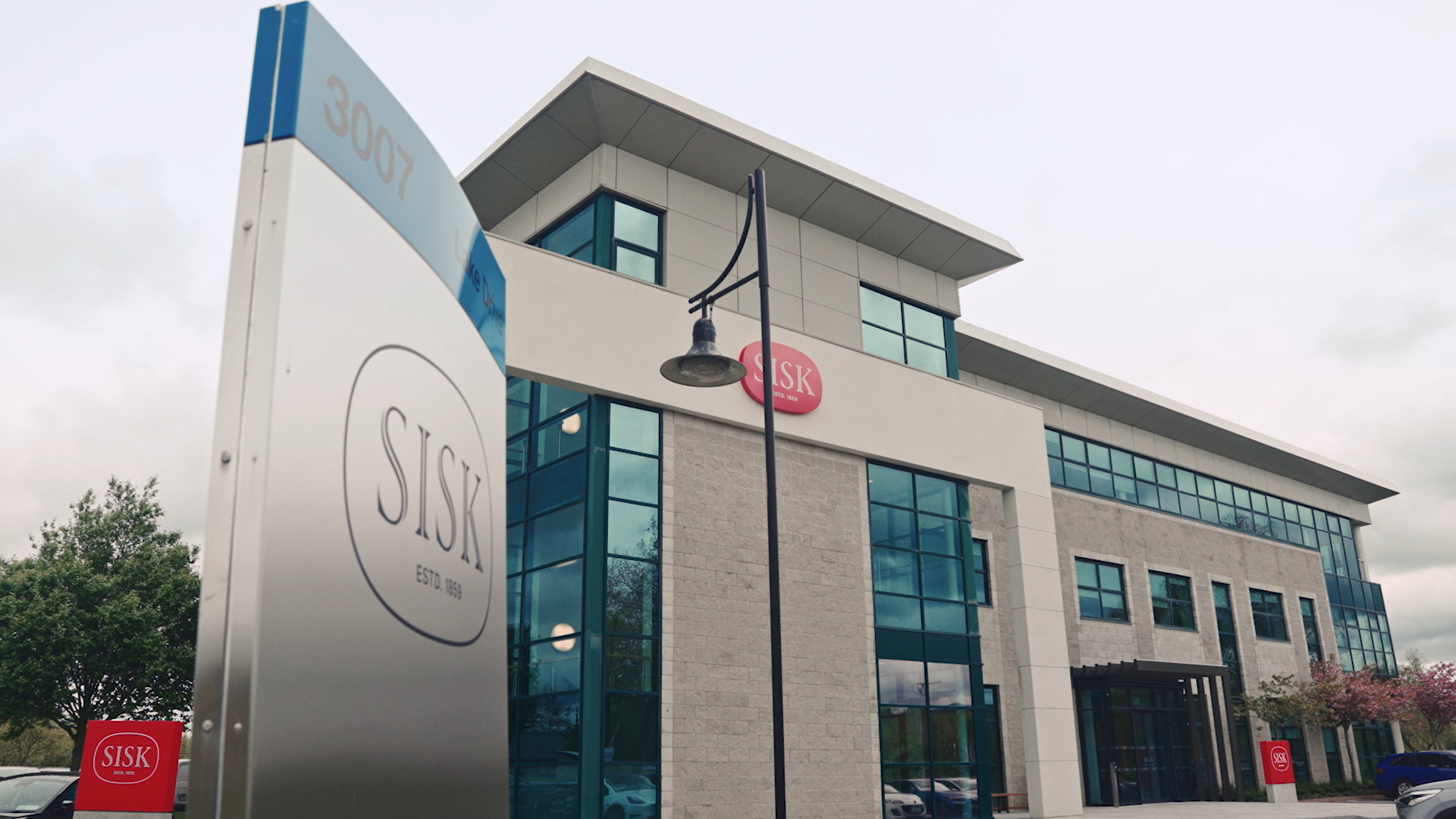Desktop vs. Cloud? Desktop and Cloud!
Cloud technology is revolutionizing the way information is shared and accessed. The architecture, engineering, and construction (AEC/O) industry is also changing accordingly.
Author
Stefan Kaufmann
works as Product Manager BIM Strategy & New Technologies at ALLPLAN, a Nemetschek Company and has various experiences in driving digitalization in the construction industry
This article belongs to the collection Quality & Efficiency
To the topic pageThe transition to a digitized way of working requires a willingness to change, but many companies – including and especially those in the AEC/O industry – have concerns about data security, information management, and set-up costs, and therefore stick to their familiar desktop infrastructure. In doing so, however, they miss out on the many benefits of cloud technology for design and construction projects. Yet cloud-based collaboration capabilities and the desktop PC can complement each other well, leading to greater efficiency and better results and buildings. Cloud computing describes a model that provides shared computing resources as a service, such as servers, data storage, or applications on demand, in a timely manner, and with little effort – usually over the Internet and independent of devices, with charges based on usage.
Improved collaboration
One of the biggest challenges in construction projects is the heterogeneous composition of project teams, which makes it difficult for different construction participants to share information. Desktop services reinforce this isolated way of working, as information remains within each discipline. The data that is shared represents a snapshot of the project at a particular point in time, which is – in principle – outdated as soon as it is sent while the project is ongoing. This can lead to errors and inconsistencies down the road if interdependent disciplines are not kept up to date.
Cloud technology eliminates these problems altogether. With cloud-based collaboration platforms, each discipline can share information in a controlled and centralized way. This means that each party has access to the information that is needed – even on the construction site – while maintaining control over their own data. The sub-models of the individual disciplines can be combined into an overall model so that conflicts can be identified and resolved at an early stage.
Cloud technology allows different users in multiple locations to work on a model simultaneously, either to solve a problem together or to support the work of other disciplines, without having to send files and information by e-mail. Using the cloud, each project participant can use the software for which expertise is already available, while the data can still be shared thanks to the open interfaces and database structure.
Manage Data Better
Working with a “single source of truth” is in itself an important step towards optimizing data management. In this case, decisions are made by all project participants based on the same data – because this data is provided in a central location, is up to date, and always available. However, with the amount of information that is created from a number of sources as part of a construction project, it can be easy for data to be mismanaged – resulting in significant value being lost. Cloud-based collaboration tools and software can help overcome this problem. Integrated workflows between teams can ensure effective sharing, management, and coordination. Supplemental information about the objects in the model can be stored in the cloud, keeping models organized and preserving important data for future use by anyone who needs it and has the appropriate access rights.
Simplified IT Maintenance
One of the key benefits of a cloud-based service is ease of setup and maintenance. Unlike desktop systems, servers do not need to be operated and maintained in-house, as this is done centrally via the cloud. With a desktop system, all software updates are applied individually to each computer, which means that some outdated programs or versions may be in use. In contrast, cloud-based systems are updated centrally, so everyone is using the latest version.
More than just a Fad
Cloud technology for construction is more than just a fad. It represents the way construction projects should be designed and built today and in the future. The flexibility and ease of access combined with improved data management and reduced IT burden make cloud-based systems and software an efficient tool for the successful execution of construction projects. The optimal combination of stationary desktop solutions and mobile, open software tools from the cloud environment is the ideal solution as we move toward an integrated and collaborative future, resulting in better designed, constructed, and operated buildings.
This article was originally published at ALLPLAN.





